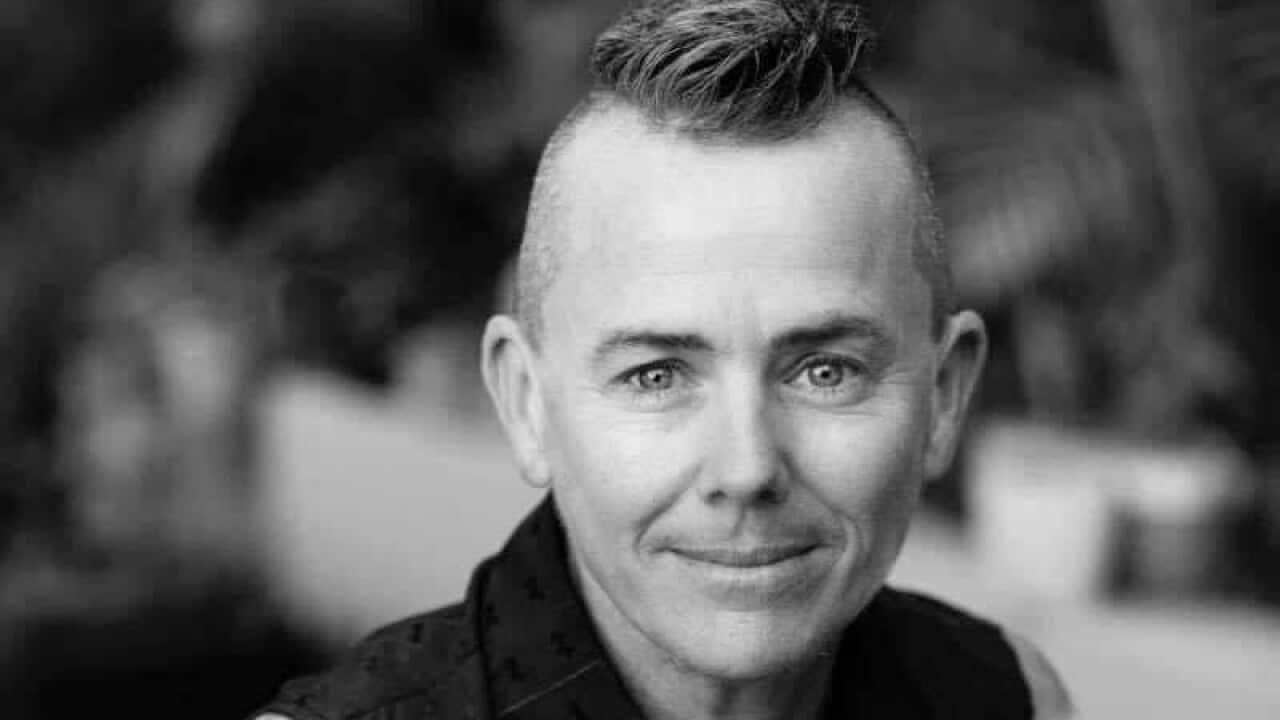I’m sitting on a train with a trans femme friend, heading to the city. Instagram is full of posts about trans people being harassed on the street, but we talk about anything else. Two white mums take the seats in front of us, deep in conversation. Halfway to Central, one of them notices us. Their conversation stops.
The woman whose back faces us slowly turns around until she’s nose to nose with my friend – almost as if she’s going in for a kiss. They look us both up and down in a maternal, disapproving way, then return to their conversation, quieter. My friend and I trade a look – less shocked, more impressed at their audacity. The woman closest to us looks at us twice more before we get off at our stop.
Just over a year ago, I had my first gender-affirming surgery. A surgeon removed a knuckle’s worth of cartilage from my Adam’s apple and injected Teflon into my vocal cords to raise my natural pitch. The three-and-a-half-hour procedure had the surgeon and anaesthetist operating on the inside of my throat in tandem, leaving my lip split in three places. Ignoring my post-op instructions meant the incision darkened, leaving a faint pink scar across the middle of my throat – a mark I now adore.
READ MORE

I now feel so comfortable in my skin
After surgery, I was told to rest my voice for three weeks while the Teflon set. But I’m an Egyptian first and a trans woman second. For Egyptians, running your mouth is the national pastime. Five days post-op, I strained out a few words to hear what I sounded like. Trying to talk was like gargling razors, but my new voice felt as if I’d reclaimed something.
These moments of gender euphoria are tactile, intense, brief. Lingering joy feels harder to pin down. It’s the difference between an orgasm and falling in love. I’m trying to cultivate trans joy by luxuriating in my body. But it’s hard to achieve when transphobes are .
Post-surgery, I was unprepared for the constant, unabashed staring in the street. I tell my therapist it’s the “trans tax”
In the weeks leading up to my surgery, I braced for the constant transphobia I expected to encounter. In the first few months of 2023 alone, at least were introduced to state legislature in the US – more than double the previous year’s total – with many aiming to ban gender-affirming healthcare for transgender youth, drag shows and the teaching of gender identity in schools. In Australia, some , while anti-trans rallies have .
Pre-surgery, the fear of vulnerability kept me closeted. Up until that point I’d boymoded, wearing loose-fitting shirts to hide my breast growth and dropping my voice lower than it already was. I knew that – especially against women of colour – but post-surgery, I was unprepared for the constant, unabashed staring in the street. I tell my therapist it’s the “trans tax”. Usually, it’s a middle-aged white woman, craning her neck a full 180 to get a proper look at me. I joke that I can’t help but turn heads. But in reality, the scrutiny is erosive. In b. binaohan describes coming out as “a process by which you render the personal, public”. My new-found visibility renders me public.
Surgery was a way to reclaim my body, to realign it. Transitioning makes my body legible
But being visible also lets me be seen. I hadn’t been to the beach since puberty, but I went as soon as I’d recovered from surgery. I stumbled across the rocks at Sydney’s Gordon’s Bay in a barely filled bikini top. People stared, but I lazed in the sun and went under the water and remembered how it felt to have the salt dry on my skin. I was comfortable enough in my body to show it. Surgery was a way to reclaim my body, to realign it. Transitioning makes my body legible – to myself, more than anyone else.
These days, I dress less explicitly femme, and more for myself. The divides between being visible and legible aren’t intuitive. I get more looks in a T-shirt than I do in a skirt. My mannerisms and how I hold myself mark me as queer regardless. The always follows me. There was a time when I fixated on appeasing it, but I’ve found more joy in letting go.
The words I use to describe myself and my gender aren’t things I can explain to a cis audience. The longer I’ve transitioned, the less the language has mattered. It’s embodied, embedded in how I move and hold myself, and how my community sees me. I’ve been rendered public, but my legibility, my luxuriating are personal pleasures.
Being trans is a prayer for and a belief in something better
Carta Monir, trans sex worker and writer, , “Being trans is a prayer for and a belief in something better.” I learnt growing up that if you pray for something, you have to do your part as well. Right now, that’s spending time with and trying to write for my community. It’s allowing myself to be in my body without wondering how it’s seen.
Before transitioning, life after my mid-20s was a blank. It wasn’t that I didn’t want it, I just couldn’t imagine it. I figured at some point my life would stop, because I couldn’t imagine sustaining that version of myself. I don’t want to write another story about how transitioning saved my life, even though it has. But I turned 26 recently, and there’s more life ahead of me than I know what to do with.
Nadia Demas is a Coptic trans woman from south-west Sydney. Her writing focuses on relationships between marginalised people and why they break down, as well as gender. She has written for Overland and ’s Stories Out West anthology.




